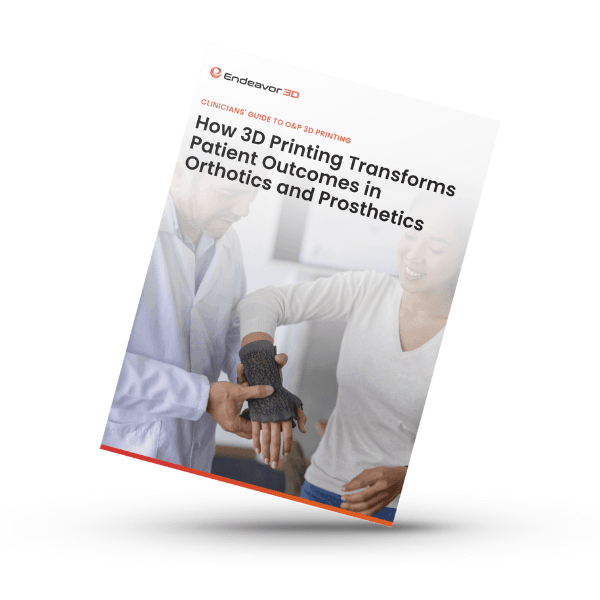Clinicians' Guide to Orthotic and Prosthetic 3D Printing
A Clinicians' Guide to O&P 3D Printing
How 3D Printing Transforms Patient Outcomes in Orthotics and Prosthetics

The way orthotic and prosthetic devices are made is changing. Traditional methods like plaster casting and hand-finishing still have their place, but they often fall short when it comes to speed, scalability, and patient-specific customization. As demand continues to rise, clinicians are turning to additive manufacturing to deliver better outcomes.
This white paper breaks down what that shift looks like in practice. From digital scanning and design to high-performance materials and advanced post-processing, it walks through how HP Multi Jet Fusion 3D printing is helping O&P teams reduce lead times, improve fit and comfort, and simplify the production workflow.
Key Takeaways:
• How modern 3D printing workflows compare to traditional O&P fabrication
• Why design for additive manufacturing (DfAM) matters for patient comfort and device adaptability
• Material insights for strength, flexibility, and biocompatibility
• Real-world examples, including scoliosis braces and robotic prosthetic hands
• What to look for in a manufacturing partner who understands clinical needs
